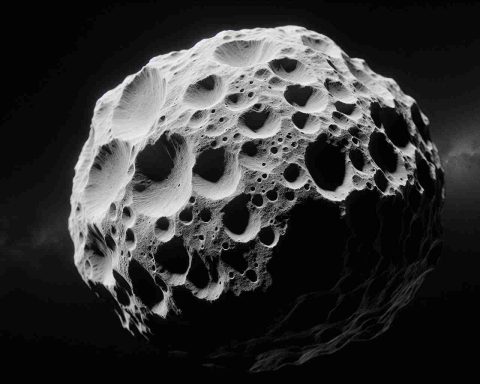Earth
Earth is the third planet from the Sun in our solar system and the only known celestial body to support life. It is primarily composed of rock and metal and has a complex structure that includes a solid crust, a viscous mantle, and a liquid outer core surrounding a solid inner core. Earth has a diverse range of environments, including oceans, mountains, deserts, forests, and polar ice caps. Its atmosphere is primarily made up of nitrogen and oxygen, which supports life and regulates temperature through the greenhouse effect. The planet's surface is constantly reshaped by geological and atmospheric processes, including erosion, weathering, and tectonic activity. Earth has a variety of ecosystems that host millions of species of living organisms, reflecting its rich biodiversity. In terms of size, Earth has a diameter of approximately 12,742 kilometers (7,918 miles) and a circumference of about 40,075 kilometers (24,901 miles) at the equator. The planet is also characterized by its rotation on its axis, leading to day and night cycles, and its orbit around the Sun, which results in seasonal changes. The study of Earth encompasses multiple disciplines, including geology, meteorology, oceanography, and ecology, aimed at understanding its physical properties and the interaction of life within its systems.












